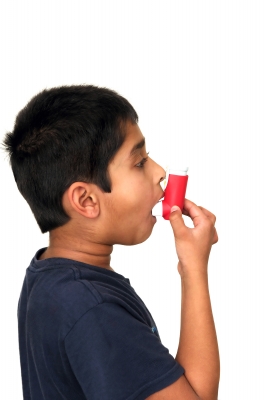
There are different variety of bees, including bumble bees and honey bees, so here are ten facts about the honey bee.
- The black and yellow stripes on a honey bee’s back is a warning to people and animals which says ‘I will hurt’.
- Honey bees have hooked claws to grab other insects for food.
- A honey bee queen can produce more than 2,000 eggs a day in Summer.
- Honey bees have 5 eyes. 3 eyes are small while the other 2 eyes are compound.
- After 4 days a honey bee egg hatches into larvae. Then after 6 more days the larvae sheds its skin and become a pupa.

- The nurse bee seals the pupa in a wax cell for 10-12 days until a pupa becomes a worker honey bee.
- Worker honey bees only live for about 6 weeks. A worker honey bee schedule; in week 1 the worker bee nurses the larvae, in week 2 the worker bee maintains the nest and for the remaining weeks, the worker bee forages nectar and other food.
- The male honey bees are the drone bees, who mate with the queen, while female honey bees are the workers, doing a variety of jobs.
- The honey bee queen produces a special type of chemical that stops other female bees from breeding and having eggs.
- Worker honey bees communicate by touching other bees with their antennae and doing a special dance.

















